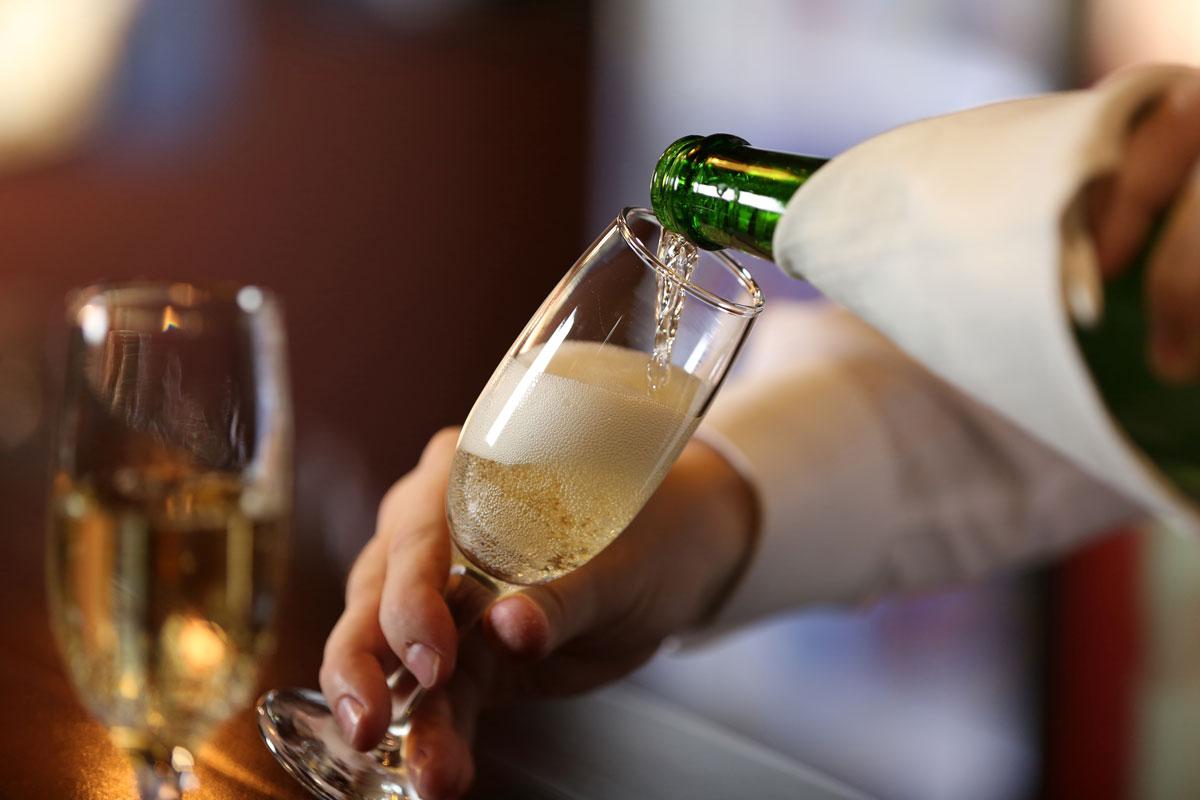By Stephen McGowan, partner and head of licensing (Scotland) at TLT LLP
SLTN readers may have caught some references in the press at the end of 2023 to “pints of Champagne” becoming legal.
I have certainly had a few clients ask me about this concept, which has been labelled by some media reports as a so-called “Brexit benefit”.
So, what is this about and what does the law change mean for pubs in Scotland?
As people in the licensed trade know well, the law around measures of alcohol is set under the Weights and Measures legislation; but this legislation is not all found in one place. There are a number of different Regulations and Statutory Instruments which make up the law and these have been amended over the years.
Let’s look first of all at wines and Champagnes. There are two distinct categories of measures for wines: the first is where wine is sold by the glass, and the second is where wine is sold in a sealed container such as a bottle, box, or even a can.
The law around wine by the glass has not changed and is not proposed to change. The 125ml and 175ml (and multiples thereof) remains the legal measure.
Operators will be familiar with campaigns by organisations such as the Scottish Alcohol Industry Partnership to promote awareness of the 125ml measure. These campaigns are not so much about the law as they are about promoting social responsibility and ensuring customer choice. It is not the case in Scotland that pubs must offer the 125ml though most do; that can be contrasted to England & Wales where the licensing law forces pubs to always offer the 125ml as it is a mandatory licence condition.
As an aside, fortified wine by the glass (ie port and sherry) is 50ml or 70ml (or multiples thereof), and it is worth reminding ourselves that the law around measures for sampling wines was changed some time ago to allow samples of wine to be sold in unspecified quantities provided they are below 75ml (although if the operator chooses to serve a specific quantity and advertise it, it must be one of the following measures: 20ml, 25ml, 35ml, or 70ml).

It is the law which relates to wine in containers which is being revisited by Westminster.
As matters stand, you can sell pre-packed wine in a wide range of quantities: 100, 187, 250, 375, 500, 750, 1000, 1500 (all millilitres).
The equivalent quantities for sparkling wine are 125, 200, 375, 750 and 1500. These sizes could relate to bottles, boxes, pouches and so on.
I had an interesting query from a client recently who was looking at canning wine using the traditional 330ml can size; but that would not be lawful given the specified measures above.
Whilst it would be lawful to sell wine by the can, the can size would have to be one of these noted measures. I am sure readers are also quite familiar with the still wine 187ml measure or sparkling wine 125ml measures as these are usually the single mini bottles which many pubs will offer customers.
This is where we come to speak of pints of Champagne which, we are regularly told, was the favourite drink of a certain former prime minister, namely Winston Churchill.
The rules are set under the Weights and Measures (Specified Quantities) (Pre-packed Products) Regulations 2009 (SI 2009/663). This instrument became law to give force to an EC Directive (2007/45) meaning the UK was bound to legislate to make these specified quantities the law alongside other EU member states.
Post- Brexit, the UK is no longer bound by the Directive so the UK Parliament is able to introduce new quantities.
You may have missed it, but the UK Government ran a consultation on this back in 2022 in which they also gauged appetite on a return to “imperial” measures more generally: it is fair to say the UK public was not enamoured with the prospect. 100,000 people responded and 98% were clear that they wished to retain the metric system. A pretty clear result! Westminster abandoned any wider changes, but stuck to their guns to bring forward law to re-introduce the pint of wine.
And so we have an amendment coming forward to change the 2009 Regulations, which will introduce a new measure of 568ml (the fabled “pint”) but it is also intended to add a 200ml for still wines and a 500ml measure for sparkling wines.
There is no clear timeline for this as yet. The UK Government indicated it would bring forward the changes in early 2024 but the amending instrument has not appeared at the time of writing.
Some of you may be wondering whether this means a customer will be able to ask the bartender for a pint of wine.
The answer will be yes, on the basis it is being sold in a container just like asking for a “traditional” bottle of wine for the table.
It can then be decanted from bottle to glass in the usual way.
What would not be permitted is selling a customer a pint of wine in a pint glass (whether stemmed or otherwise) as the 125ml and 175ml measures remain in effect.




















